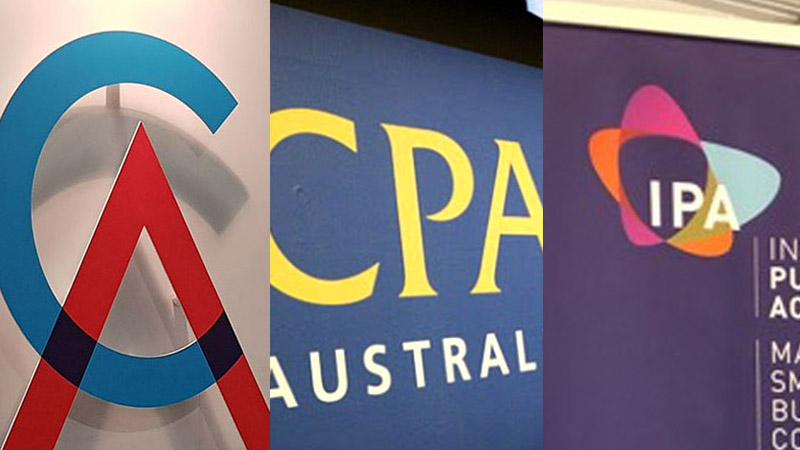Industry responds to amended audit fee standards
The SMSF industry generally favours a more flexible approach in terms of reviews on auditor fee dependency.
In May 2021, the APESB issued an exposure draft with proposed changes to fee provisions in APES 110 Code of Ethics, following concerns around auditor independence.
Following some of the concerns raised by the SMSF industry involving the 20 per cent threshold for auditor referral fees proposed by APESB, the APESB released amended proposals in Exposure Draft 01/22 in March this year.
The amended proposals included increasing the proposed 20 per cent threshold to 30 per cent and introducing a five-year cumulative period to allow existing and new firms a reasonable time period to address the threats.
The APESB also listed three options for potential action that will be undertaken if fee dependency on a referral source continues beyond five years.
Option one is to have an appropriate reviewer who was not involved in the audit engagement review the audit work.
Option two is to require a review to be completed in line with guidance set out in ASQM 2 Engagement Quality Reviews (ASQM 2).
The third option is to perform a compliance engagement in line with ASAE 3100 Compliance Engagements to provide assurance that the firm’s systems and processes in relation to compliance with ethical requirements and professional standards are operating as intended.
As part of its consultation, APESB sought feedback on what action a member in public practice should undertake if, for each of five consecutive years, total fees referred from one source represents more than 30 per cent of the total fees of the engagement partner, an office of the firm or the firm expressing the audit opinions.
It is intended that the proposed amendments will be effective for engagements beginning on or after 1 January 2023.
In its submission to the consultation, Chartered Accountants Australia and New Zealand (CA ANZ) stated that it supported a principles-based code rather than one based on qualitative factors such as rate or percentages.
“Standards which include requirements based on quantitative factors such as rates or percentages may result in behaviour which is inconsistent with the objectives of the code,” the accounting body stated.
CA ANZ said it supported option one in terms of what type of review should be undertaken where fee dependency extends beyond five years.
“We support consistency in the application of requirements across the code. However, we are concerned that specifying the type of review to be undertaken is inconsistent with similar requirements contained in the code, therefore, we do not support the level of specificity proposed in options two and three of the exposure draft,” it stated.
“While we agree that ASQM 2 Engagement Quality Reviews provides an appropriate framework for members conducting such a review, we believe it would be more consistent with the board’s drafting conventions to refer to it in application material. We recommend the board adopt option one, to require a review by an appropriate reviewer, a term already defined and used in the code.”
CPA Australia said it was pleased with the changes APESB has made to its original proposal regarding fee dependency on a referral source.
It similarly supported adopting option one where fee dependency has exceeded the 30 per cent threshold for five consecutive years.
“Feedback from our member indicates that they prefer an action that does not require an external engagement. In their view, an external engagement such as compliance engagement adds significant, unnecessary costs and goes beyond the requirements that currently exist for other audits,” the CPA Australia submission stated.
“We recognise that for sole practitioners and very small firms, there would be a need to engage an external party regardless of the action taken. However, for those smaller sized practices that have the capacity to undertake a review without engaging an external party, a compliance engagement is not considered to be the most appropriate course of action.”
The Institute of Public Accountants (IPA) likewise supported option one over options two and three, where an appropriate reviewer who was not involved in the audit engagement reviews the audit work.
“It is hoped this requirement will act as a catalyst for professional accountants to manage the fee dependency within the five-year cumulative period,” the IPA stated in its submission.
The SMSF Association stated in its submission that all three options were made available to the engagement part of audit firm.
“This provides flexibility for the auditor to apply their professional judgement, given their own circumstances, and their need to comply with the other obligations that apply under other provisions,” the SMSF Association stated in the submission.
The submission noted that while the total fees in respect of multiple audit clients referred from one source may exceed the proposed threshold, this is not an absolute indication of the auditor’s independence or lack thereof.
“It is just one factor to consider when assessing the independence risk if there is fee dependency on a referral source,” it stated.

Miranda Brownlee
Miranda Brownlee is the deputy editor of SMSF Adviser, which is the leading source of news, strategy and educational content for professionals working in the SMSF sector.
Since joining the team in 2014, Miranda has been responsible for breaking some of the biggest superannuation stories in Australia, and has reported extensively on technical strategy and legislative updates.
Miranda also has broad business and financial services reporting experience, having written for titles including Investor Daily, ifa and Accountants Daily.








